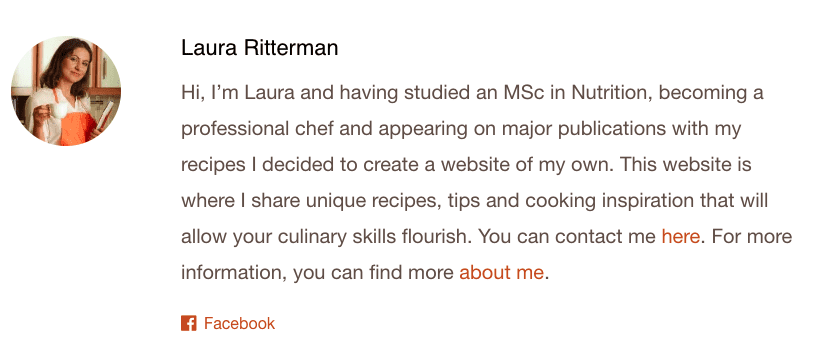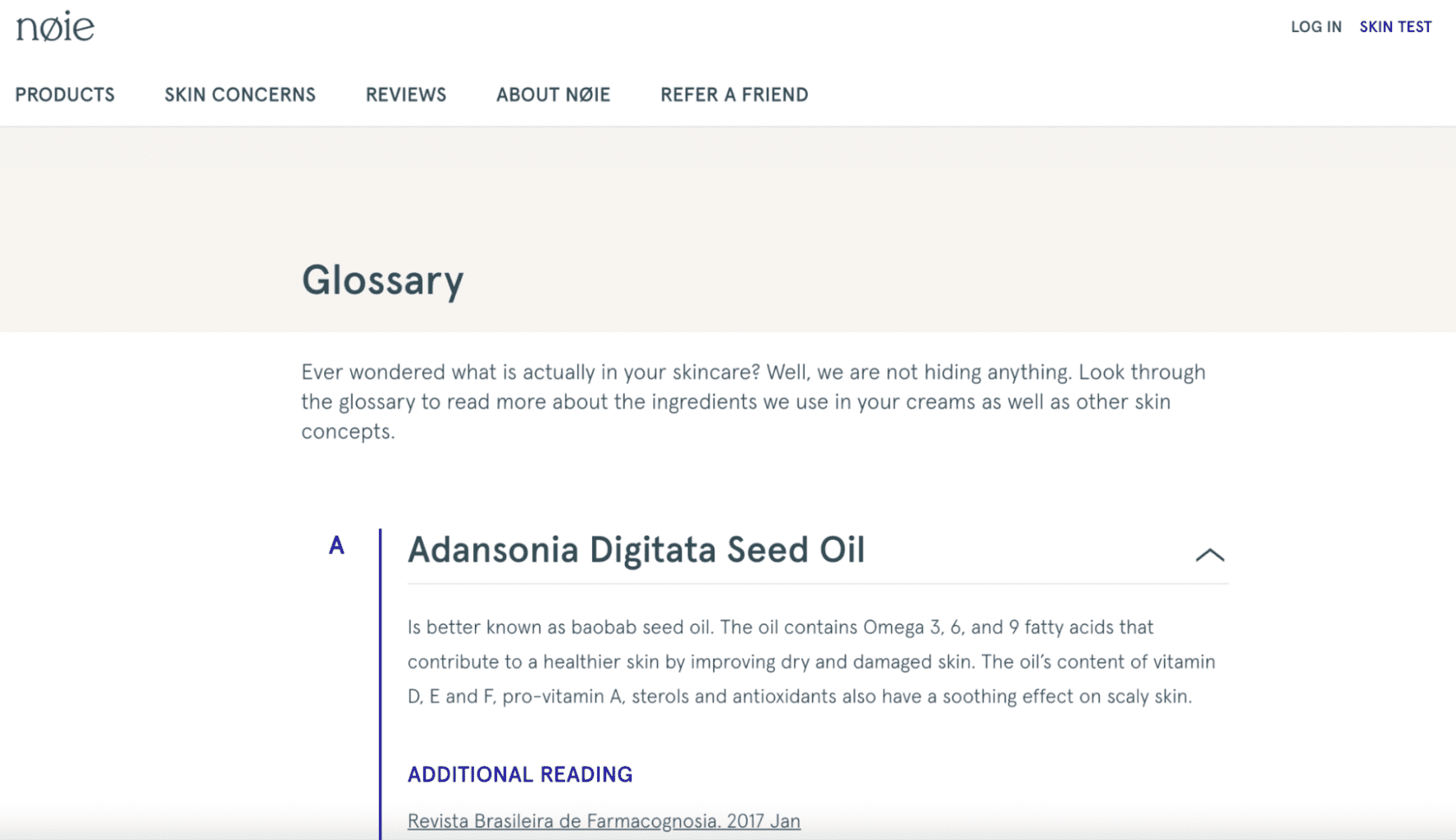Running a successful business in 2021 is almost impossible without investing in trust and authority.
Sure, you may have a strong base of loyal customers. And you may even find that a large portion of your business comes from referrals by genuinely satisfied clients. But the thing is, people are less and less willing to put their trust in institutions like governments and media.
And while that may seem worrying for the future of your business, it could also reveal a priceless opportunity. For example, a recently published report by Kearney shows that 39% of consumers have complete confidence in small businesses. Moreover, marketing experts agree on the importance of investing in authority marketing.
With this in mind, you can take actionable steps to build and nurture your brand’s trustworthy image among your target audience. And the best thing is, you can do that by continuing something you’re already doing – writing awesome content.
If you’re ready to start producing posts that build trust and authority, here are the key points to focus your attention on.
Provide Answers
One of the best ways to build brand authority with content is to start thinking about said content from your audience’s POV.
Ask yourself the following question: what is it that your target customers want to know? Regardless of your niche or target audience, you should aim to direct your content marketing strategy by optimizing for search intent. That is, identify the most relevant questions in your industry and provide valuable answers.
Rapha, for example, is a great brand to look up to when it comes to answering consumer needs with content. This cycling gear manufacturer ensures that its riding guides are always up to date. And not only that, but it makes minute website modifications to guarantee that the most relevant gear guides are the ones featured on its homepage.

By modifying its content marketing strategy in these ways, Rapha makes it exponentially easier for cycling enthusiasts to find products for their most pressing needs. That’s why it has gained authority over the past 15 years, even though it was up against well-established businesses like ASSOS, Pearl iZUMi, Bontrager, Castelli, and others.
Showcase Expertise
Another great way to build trust and authority with content is to make use of your most valuable asset – your in-house experts.
Consider this: the world’s biggest brands highlight the quality of their products and services by featuring their designers or expert collaborators. Sports brands, for example, would bring on pro athletes to help them create the best shoes, as in the case of Nike’s long-standing collab with LeBron James.
But even if you’re not a giant like Nike, you can still drive consumer trust and industry authority by showcasing expertise. And it can be done in surprisingly simple ways.
For example, if you check out this piece of content by Recipe Fairy, you’ll see that the end includes the author’s image and bio. The section informs readers that the writer has an MSc in Nutrition, professional experience as a chef, and an easy way to get in touch. Yes, that’s all it takes to use content in a way that highlights expertise.

Invest in Case Studies
It’s possible to base your entire branding strategy on content and a shoestring budget. But that’s not to say that investing in the right things wouldn’t provide a higher ROI.
Case studies are commonly overlooked as they can be tricky to put together. Business owners and marketers often find themselves on the fence about what type of data they can share. Or, they feel like they don’t have enough info to put together a great resource.
But here’s the thing. A data-driven case study doesn’t have to put a decade’s worth of data into perspective for it to be valuable to your audience. You can get just as strong of an effect with short-term results.
For example, if you check out AMZ Pathfinder, you’ll see that the brand publishes case studies every couple of months. Some showcase info collected over 2+ years. Others focus on much shorter periods, proving to potential customers that they don’t have to wait for years to see results.
It’s a simple approach, but it works.
If you choose to take this route to build your brand’s trustworthiness, make sure that you have permission to share the data you’re using. Moreover, make it your point to give credit where it’s due.
Finally, remember that you’re not producing content for the sake of publishing another post. You’re doing it to provide your audience with something valuable. So always start by asking the following: how can your content help your clients achieve their goals?
The most likely scenario is that they’re not after numbers. They’re after actionable advice that will help them get where they want to be.
Explore Various Formats
A great thing to remember about content marketing that aims to build trust and authority is that there’s more than one format that works.
Yes, the human brain is wired in a way that permits more authority to the written word. But it is also true that having a face to associate with a message helps us relate more easily than just reading.
That’s why so many brands invest in video testimonials. (Or, they go out of their way to provide visual social proof, like the Fantastical website that shows off integrations, media mentions, and reviews on its homepage.)

Knowing that visual and auditory formats help drive trust, it’s not a bad idea to consider using them for your content. For example, you can look to Ad Badger for some inspiration on how to do this effectively.
This brand developed its content marketing strategy around trust-driving practices, including an extensive resources section on its website and a weekly podcast distributed on all the top platforms.
And yes, this approach takes a more significant investment than putting together a blog post based on your experience. But it also has the potential to reach a wider audience, being more engaging, and, ultimately, positioning your company as the authority in your niche.
Stick to Your Values
The EY Future Consumer Index states that amongst U.S. consumers:
- 66% expect brands to behave ethically
- 63% say a company’s behaviour is as important as what it sells
- 58% want transparency
- 45% want sustainable product choices
Considering this data, it becomes clear that one of the best ways for you to drive consumer trust (and sales) is to genuinely commit to your brand’s values. And your content can help you communicate your commitment.
If you’re all about transparency, you can create a dedicated disclosure page, such as this example on the Medical Alert Buyers Guide website.
Or, if you want to make sure your potential customers know exactly what you’re offering, you can take a page out of Noie’s book. This skincare brand has a glossary page, where it lists each ingredient and links to scientific research backing up its use in cosmetic products.

Either of these two types of content could help you connect with consumers over shared values.
If you feel like they’re not optimal for what you’re trying to do, don’t be afraid to experiment. Who knows, perhaps the best way to establish your brand as the go-to in your industry could be to take to social activism, à la Ben & Jerry’s.

Getting Started With Trust-Building Content
As you can see, there are many ways you can utilize your content marketing strategy to help you drive trust and authority.
Whether you choose to go with the standard testimonials page, re-think optimization, or start playing around with formats is entirely up to you.
The one thing to remember, however, is that the best results always start with a customer-oriented approach. So stop and think. What is it that will resonate with your audience the best?
Sometimes you won’t need to go to great lengths to show your expertise. For some brands, something as simple as before-and-after pictures might do the trick. Try to keep an open mind and focus on what matters: doing your absolute best while upholding your commitment to providing value.




